One of the key features of the B Corp movement is the rigorous certification process that businesses must go through in order to become certified. This involves a detailed assessment of the company's impact across the five impact areas, Governance, Environment, Workers, Community and Customers.
By focusing on these areas, we ensure that we are making a meaningful difference in the world around us. This is about how we go further than 'talking the talk' to put real substance to our actions.
Part 1 - Environment
The Environment impact area evaluates our sustainability practices associated with the land, water, and air in which we operate and affect.
Stewardship of the environment in which our company operates is vitally important to our entire team.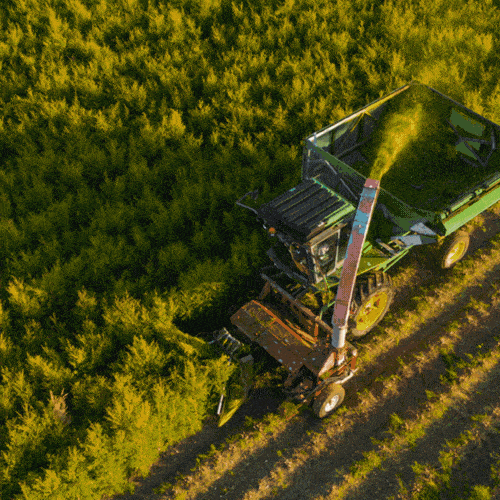 To help guide us on our progress, we have been monitoring and tracking specific environmental Sustainability KPIs of Down Under offices and our farms since 2020.
To help guide us on our progress, we have been monitoring and tracking specific environmental Sustainability KPIs of Down Under offices and our farms since 2020.
By understanding where we are against these KPIs, we have been able to establish quantitative goals, and put actions into practice to help us achieve these goals.
100% Renewable Energy
To help reduce our carbon footprint, we use 100% renewable energy for our office and the farm. Our Green House Gas Emissions have reduced a further 39% since 2020 by converting our vehicles and farm equipment to electric wherever possible.
No Flight Shame
As an export-oriented business, we do spend a bit of time in the air. However, we maintain a target of at least 80% of all company flights, domestic and international, to be fully carbon offset.
Close Loop Irrigation System
Runoff from agricultural land (including soil nutrients and sediment) is a significant threat to waterways that can impact on humans, livestock, and marine life.
In the design and development of our own farms, we wanted to make sure to protect our local environment. We built two dams at Buhlambar in a closed-loop system to counter these challenges. When irrigation is required, irrigation flows from the paddocks to drains, then to a common tail waste dam where the water is settled and naturally filtered. It is then returned to the main dam for uptake by the irrigation system again.
Biodiversity - Koala Corridor
We planted an extensive native plant border to provide permanent local habitat for the amazing wildlife at the farm. A recent study by Macquarie University (Sydney, AU) found that establishing plantings around farm dams has a significant impact on water quality and biodiversity.
As an ongoing effort to help our precious fauna, the entire global Down Under Team gets together each year at our farm, Buhlambar, to expand our koala corridor. Over 800 seedlings from species that the Koalas eat have been planted on our farm. As these trees mature, we start seeing regular visits from adorable koalas and many other visitors at our farm, from white-bellied eagles to water dragons, kangaroos, and even echidnas.



Follow our LinkedIn to check the visitors at our farm.
Our Financial Analyst, Juliana, with the tree she planted on our Koala Corridor.
Reuse, Recycle, and Upcycle
After extensive investigation and long-term storage trials, 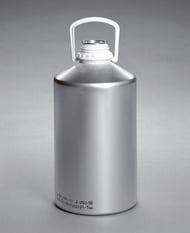 we changed from using plastic HDPE to aluminum packaging for our essential oils. In the Essential Oil Industry, plastic HDPE drums are commonly used to transport the product. However, only a small amount is recycled and invariably "downcycled." Approximately 85% of aluminum is recycled. Best of all, recycling is less energy intensive than new aluminum and can be recycled into another high-quality aluminum flask.
we changed from using plastic HDPE to aluminum packaging for our essential oils. In the Essential Oil Industry, plastic HDPE drums are commonly used to transport the product. However, only a small amount is recycled and invariably "downcycled." Approximately 85% of aluminum is recycled. Best of all, recycling is less energy intensive than new aluminum and can be recycled into another high-quality aluminum flask.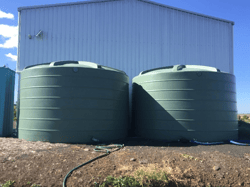
The biomass from our farm's oil distilling process is then composted with other local organic waste materials to create a wonderful and rich fertilizer product. We then spread this over our new growth to prime the land for the new year's growth. And it's all 100% organic!
In addition, the wastewater from the condensation of steam after passing through the biomass. This distillate, in turn, becomes our aromatic hydrosols! Hydrosols have an excellent sustainability profile, contain many water-soluble plant components, and carry some of the fragrance and therapeutic properties of the plant.
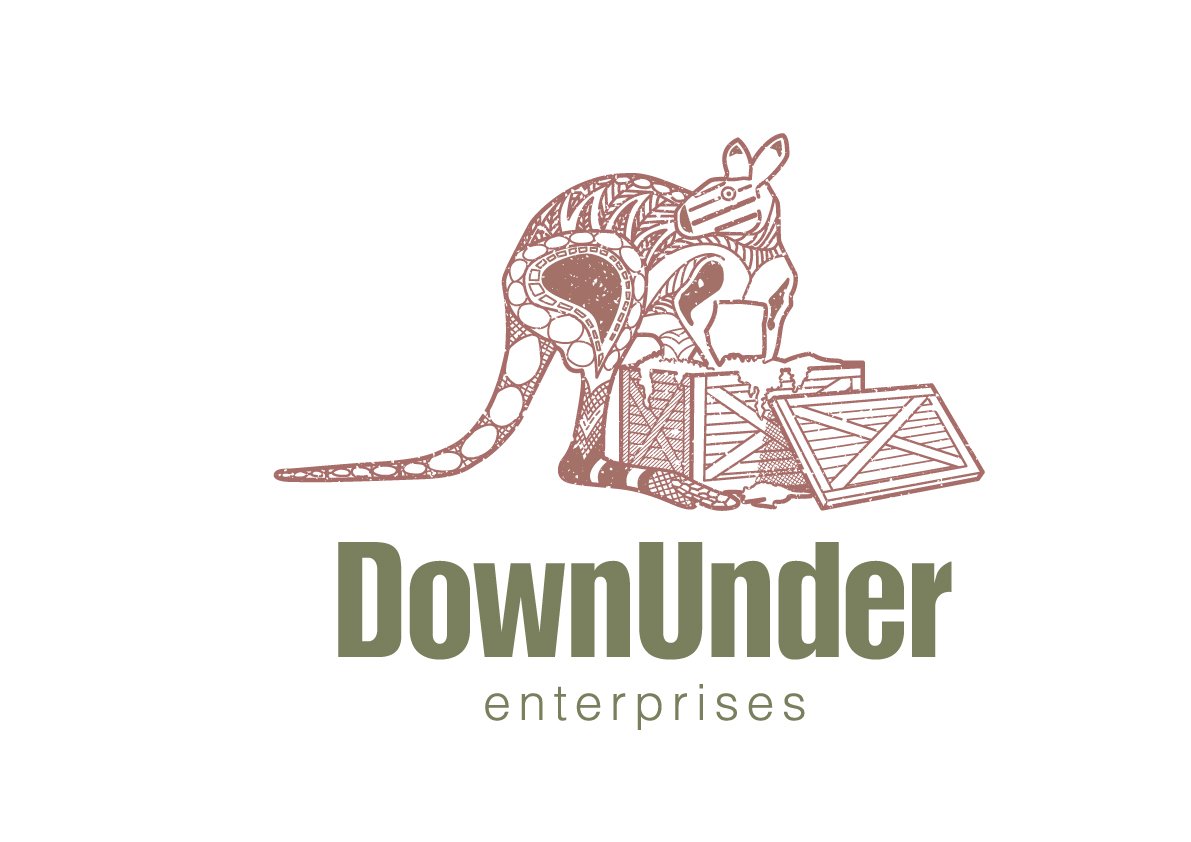





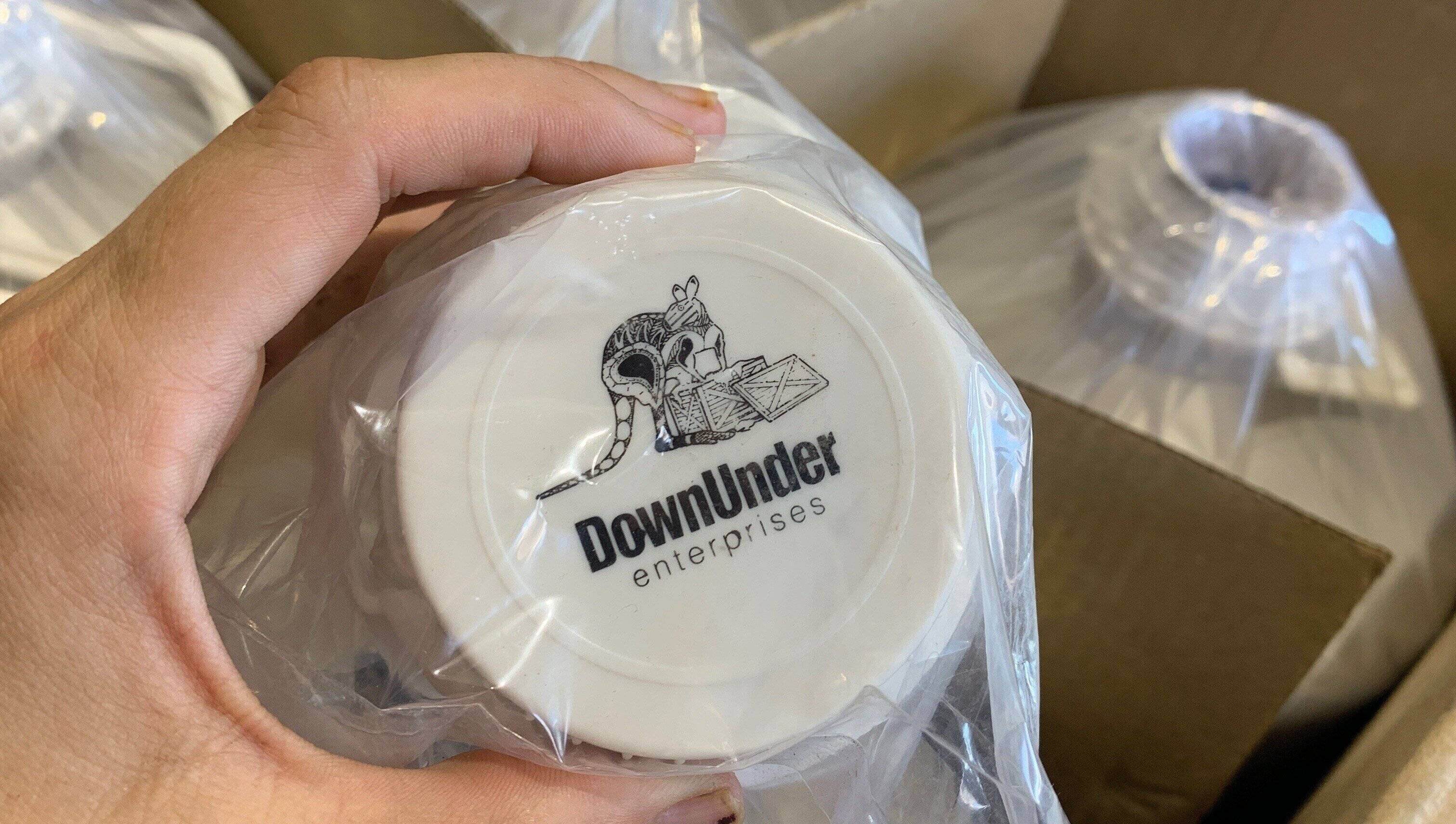
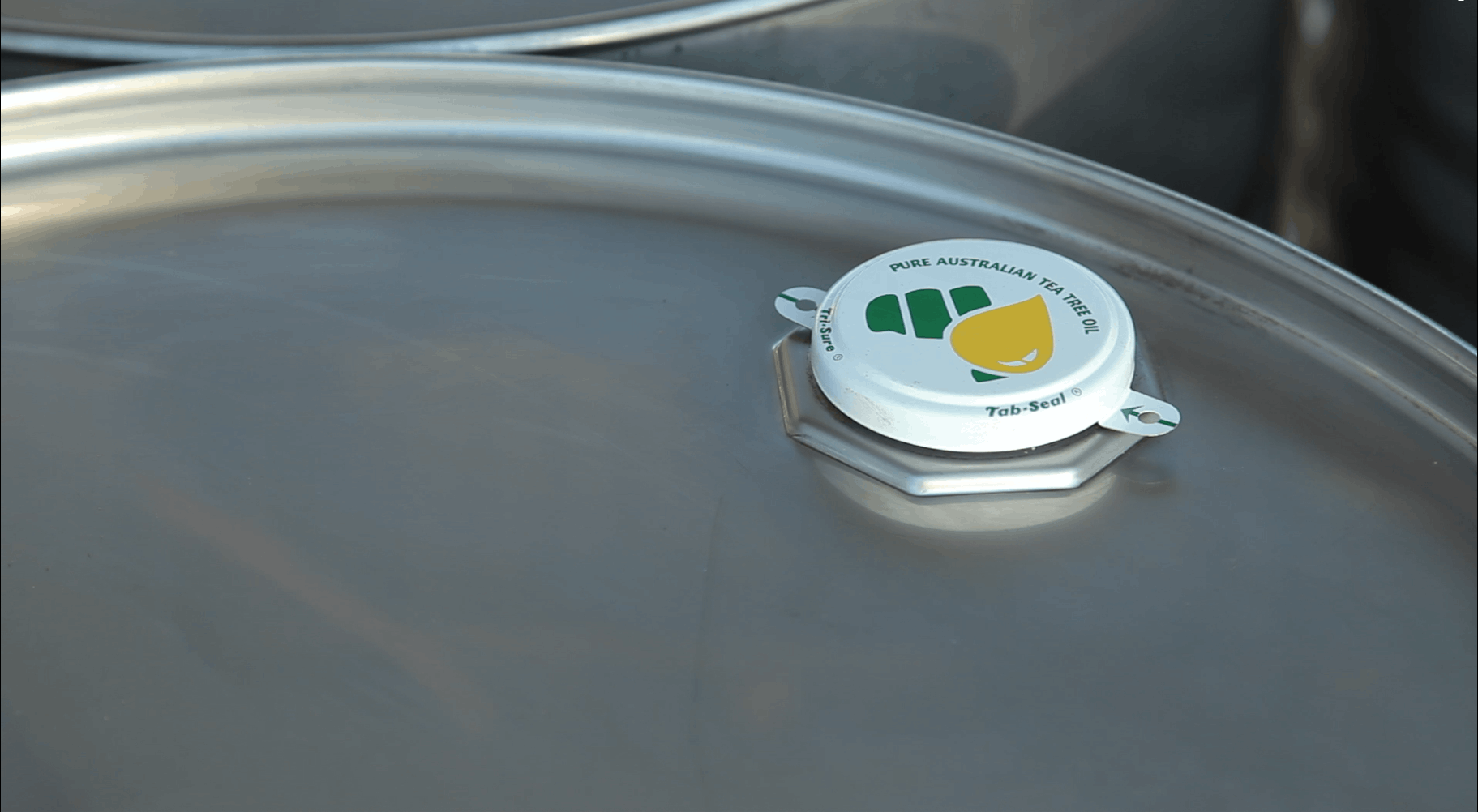
No Comment